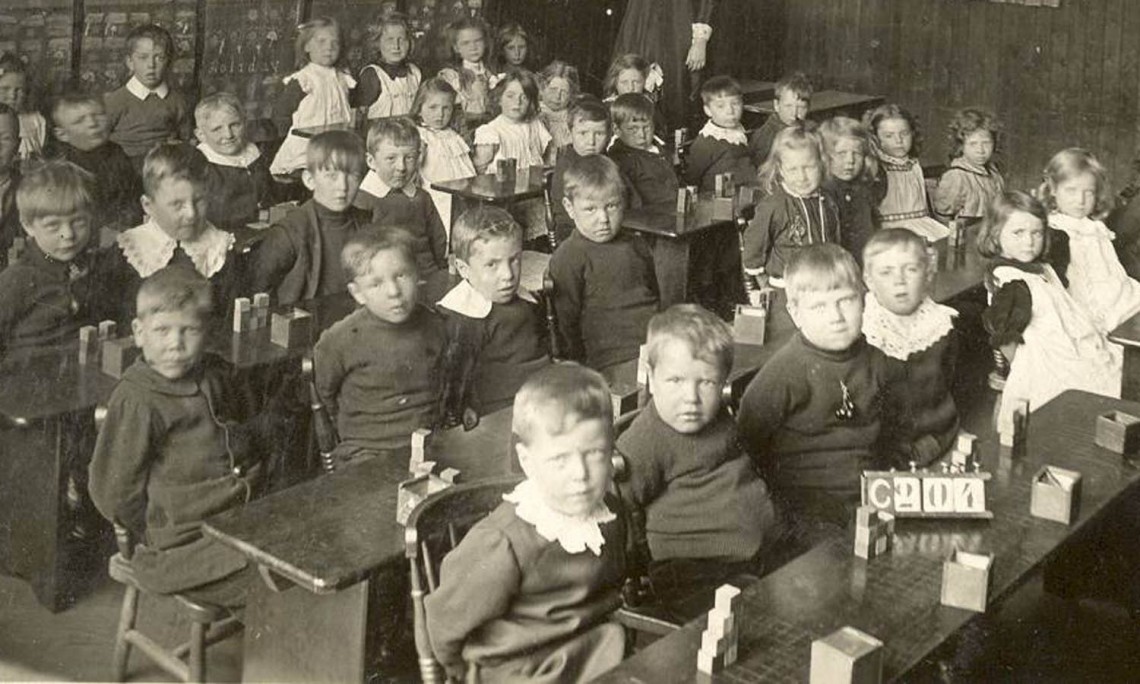Learning for life? Comparing miners’ education and career paths in Chile and Norway 1860-1940
by Kristin Ranestad (University of Oslo)

Is formal education relevant and useful for industry? Do trained workers acquire relevant knowledge outside the school setting, and if so, where and how?
Much research has been done on technical education, industrial performance and economic growth. But we still lack knowledge of the content of teaching, and the direct use of formal education in daily work tasks and innovation processes. Moreover, our knowledge of the limitations of formal education is scarce.
This research seeks to complement previous work with a detailed investigation of the connections between formal education, ‘learning by doing’, networking and innovation in mining from around 1860 to 1940. Analysing the connection between education, learning and innovation in mining is particularly interesting because mining education was one of the first technical training programmes aimed at a specific industry.
The reason it is possible to study this subject in detail is because of unique source material for the period. Student yearbooks from Norway for the years between 1855 and 1943, and for some years for Chile, provide exclusive information about the life and work of secondary school graduates after they completed their formal education.
This allows to follow the graduates from school into their practices, work and travels, and it is possible to make in-depth analyses of the functions of formal education and of knowledge and skills learned outside school settings.
The student yearbooks for Norway were published each year by the university and are collections of reports made by the graduates themselves about scholarships, continuing education in Norway and abroad (technical and higher), study travels, trainee positions, companies they worked at in Norway and abroad, working positions and personal experiences.
From these yearbooks and additional sources, we find that the formal mining education was relevant and useful for positions in a broad spectrum of mining organisations. Moreover, the radical technological changes that were happening in mining at the time were supported by increased diversification in workers’ educational background and an increase in the proportion of trained workers.
Workers with formal education were increasingly used by the industry. At the same time, we find that practice, work experience and especially study travels abroad, are key examples of essential supplementary knowledge to the formal and theoretical mining instruction, which was acquired outside a school setting.
Workers, technicians and engineers from Norway had a long tradition of travelling abroad. Out of 341 Norwegian mining engineers, 256 (75%) went abroad between 1787 and 1940, normally to Germany, Sweden, France, England, and the United States from the turn of the twentieth century – all countries with important mining industries. They went to study at a foreign universities or schools, to do geological surveys or acquire information about specific techniques, or to work for a longer period at a foreign company.
During these trips abroad, the engineers created networks, acquired knowledge about up-to-date mining technology and contacts and took specialised courses at universities. To understand all dimensions of technology, and especially how to select, transfer, adopt and modify techniques, hands-on experience and learning by doing on-site was key.
The trips abroad were vital to learn how to use, repair and maintain new mining machinery, tools and techniques and enabled knowledge transfer. They functioned as a form of networking and sometimes led to new investments and business opportunities in Chile and Norway. The knowledge acquired during these trips was different than the knowledge learned in school, but not less important.

